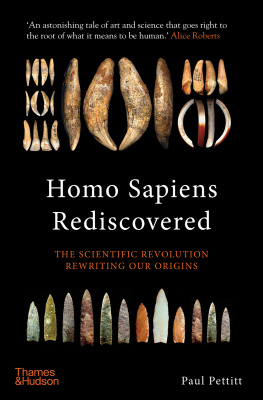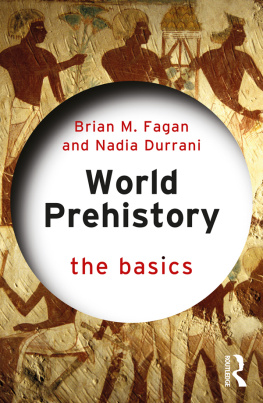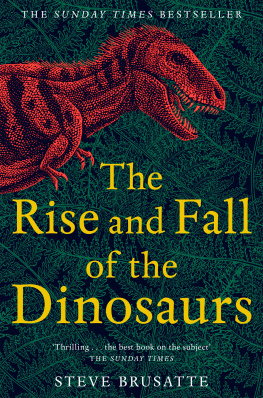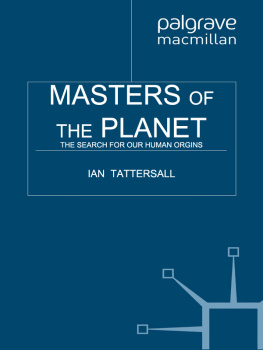Tom Higham - The World Before Us: How Science is Revealing a New Story of Our Human Origins
Here you can read online Tom Higham - The World Before Us: How Science is Revealing a New Story of Our Human Origins full text of the book (entire story) in english for free. Download pdf and epub, get meaning, cover and reviews about this ebook. City: New York, year: 2021, publisher: Penguin Books, genre: Science. Description of the work, (preface) as well as reviews are available. Best literature library LitArk.com created for fans of good reading and offers a wide selection of genres:
Romance novel
Science fiction
Adventure
Detective
Science
History
Home and family
Prose
Art
Politics
Computer
Non-fiction
Religion
Business
Children
Humor
Choose a favorite category and find really read worthwhile books. Enjoy immersion in the world of imagination, feel the emotions of the characters or learn something new for yourself, make an fascinating discovery.

- Book:The World Before Us: How Science is Revealing a New Story of Our Human Origins
- Author:
- Publisher:Penguin Books
- Genre:
- Year:2021
- City:New York
- Rating:4 / 5
- Favourites:Add to favourites
- Your mark:
The World Before Us: How Science is Revealing a New Story of Our Human Origins: summary, description and annotation
We offer to read an annotation, description, summary or preface (depends on what the author of the book "The World Before Us: How Science is Revealing a New Story of Our Human Origins" wrote himself). If you haven't found the necessary information about the book — write in the comments, we will try to find it.
Fascinating and entertaining. If you read one book on human origins, this should be it Ian Morris, author of Why the West Rules - For Now
The who, what, where, when and how of human evolution, from one of the worlds experts on the dating of prehistoric fossils Steve Brusatte, author of The Rise and Fall of the Dinosaurs
50,000 years ago, we were not the only species of human in the world. There were at least four others, including the Neanderthals, Homo floresiensis, Homo luzonesis and the Denisovans. At the forefront of the latters ground-breaking discovery was Oxford Professor Tom Higham. In The World Before Us, he explains the scientific and technological advancements - in radiocarbon dating and ancient DNA, for example - that allowed each of these discoveries to be made, enabling us to be more accurate in our predictions about not just how long ago these other humans lived, but how they lived, interacted and live on in our genes today. This is the story of us, told for the first time with its full cast of characters.
The application of new genetic science to pre-history is analogous to how the telescope transformed astronomy. Tom Higham brings us to the frontier of recent discoveries with a book that is both gripping and fun Paul Collier, author of The Bottom Billion
This exciting book shows that we now have a revolutionary new tool for reconstructing the human past: DNA from minute pieces of tooth and bone, and even from the dirt on the floor of caves David Abulafia, author of The Boundless Sea
The remarkable new science of palaeoanthropology, from lab bench to trench Rebecca Wragg Sykes, author of Kindred
Highams thrilling account makes readers feel as if they were participating themselves in the extraordinary series of events that in the last few years has revealed our long-lost cousins David Reich, author of Who We Are and How We Got Here
A brilliant distillation of the ideas and discoveries revolutionising our understanding of human evolution Chris Gosden, author of The History of Magic
Tom Higham: author's other books
Who wrote The World Before Us: How Science is Revealing a New Story of Our Human Origins? Find out the surname, the name of the author of the book and a list of all author's works by series.







